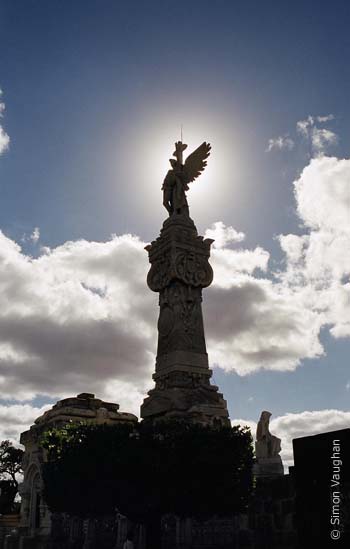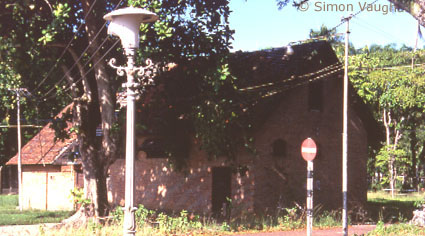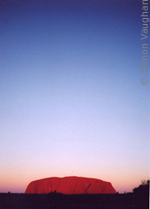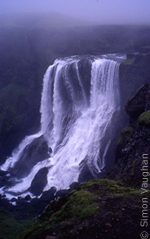
You’re not a real traveller until you can talk in airport codes. It’s all fine and well to say you’re connecting in Chicago, but until you’ve texted your friends and said you’re grabbing a hot dog in ORD, you haven’t lived.
Every airport in the world has a three letter code. The system was based on one introduced by the U.S. National Weather Service who created two-letter codes to organise the data they gathered from their weather stations around the country. Airlines copied it, but as commercial aviation expanded in the 1930s and airports began to appear in places that didn’t have weather stations, it became clear that two-letter codes were insufficient…and so they expanded to the three-letter system that is today officially known as the “International Air Transport Association Location Identifier.”
Many codes are easily identifiable with their cities, like AMS for Amsterdam, CAI for Cairo or SIN for Singapore, or with their proper airport name like CDG for Charles de Gaulle, JFK for Kennedy or LHR for London Heathrow. But some aren’t so obvious, like YYZ for Toronto or EWR for Newark.
As the U.S. created the system, they had first crack at the codes. The U.S. Navy quickly claimed all the N codes for their bases, which is why somewhere like Newark is EWR while Canada claimed the Y codes, hence YVR for Vancouver etc. Although don’t be fooled, not every Y is in Canada and not all Canadian airports begin with Y.
That would be far too simple!
Unless you work for an airline or are in the travel industry, you will likely only learn airport codes through your own travel experiences. As your airport code vocabulary expands, you can start to read people’s luggage tags as you await your bag at the carrousel. “Oh look,” you can mindlessly think to yourself as that large tartan case with the pink ribbon tied to the handle trundles past for the fourth time “they’ve come from Istanbul and are continuing on to Omaha, Nebraska.”
Well, it beats throwing paperclips at the security guards!
If you have a very small brain like me, you can even amuse yourself by giggling at humourous codes or trying to think up interesting routings just to get a combination of codes onto a plane ticket. For example, did you know that if you flew from San Vito, Costa Rica to Fresno Yosemite your itinerary would read TOO FAT? Or that if your baggage claim tag reads SAY BIE it’s probably not that you’ll never seen it again but rather because you’re flying from Siena, Italy to Beatrice, Nebraska.
Apart from the fun you can have, there is a practical reason for familiarising yourself with airport codes and that’s that you can double-check that your bag has been properly tagged by the airline representative when you check-in for your flight. If it at least has the correct destination on it, there’s already a better chance you’ll see it again.
But just remember, the next time that airline rep hands you a tag that says BIG BUM on it, don’t get angry: it could just be that you’re on a domestic U.S. flight from Intermediate Airfield, Alaska to Butler, Missouri!
Photo and post by: Simon Vaughan © 2009
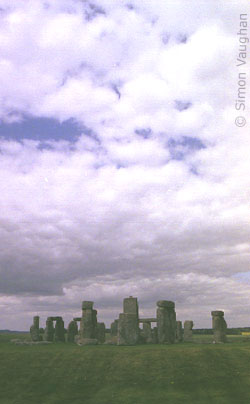 It was recently reported that two U.S. tourists have returned a small piece of Rome’s Colosseum that they chipped off 25 years ago. The fragment of stone, small enough to fit into a pocket, arrived in Italy in a package from California and was accompanied by an apology that explained they “…should have done this sooner.” The couple said that every time they looked at their little souvenir they felt guilty and realised that if every visitor chipped off a piece of the Colosseum as they had done, there would be nothing left.
It was recently reported that two U.S. tourists have returned a small piece of Rome’s Colosseum that they chipped off 25 years ago. The fragment of stone, small enough to fit into a pocket, arrived in Italy in a package from California and was accompanied by an apology that explained they “…should have done this sooner.” The couple said that every time they looked at their little souvenir they felt guilty and realised that if every visitor chipped off a piece of the Colosseum as they had done, there would be nothing left.
